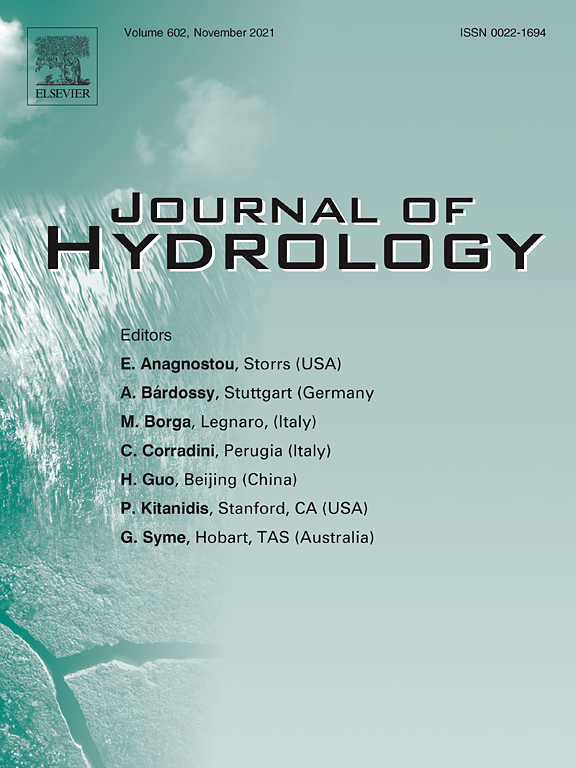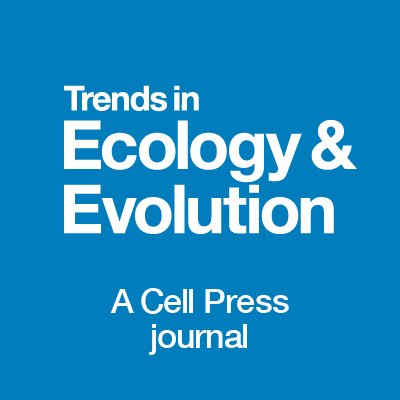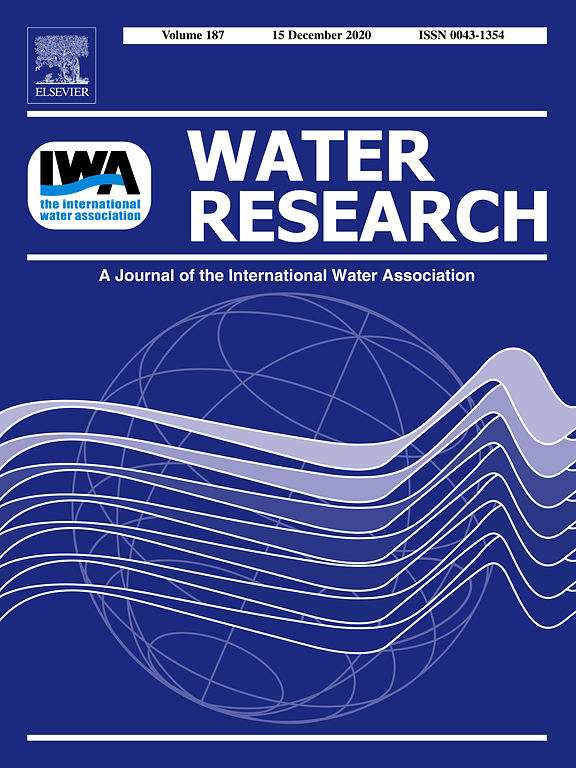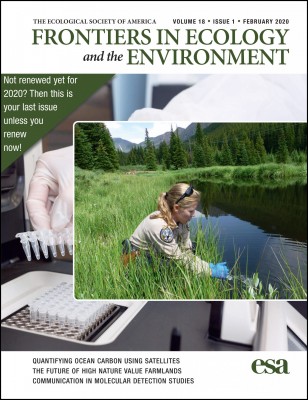Long-term drought effects on landscape water storage and recovery under contrasting landuses
Process-based, tracer-aided ecohydrological modelling and ML were combined to estimate the effects of long-term drought on water fluxes/storage in the Spree catchment. The recent major droughts resulted in declines in groundwater recharge (>40 %), evapotranspiration (up to 16 %) and soil moisture (up to 6 %). Groundwater levels may not recover in 15 years if precipitation anomalies persist.

Microbial preference for chlorate over perchlorate under simulated shallow subsurface Mars‑like conditions

Directed conservation of the world’s reef sharks and rays

Differential associations of five riverine organism groups with multiple stressors
Inland recreational fisheries contribute nutritional benefits and economic value but are vulnerable to climate change
The research team estimates that recreational fishing in lakes and rivers accounts for more than 11 per cent of the annually reported catches in inland fisheries worldwide. The analyzed total consumption value of harvested fish is around 10 billion US dollars per year. Due to climate change and direct human impacts on freshwater ecosystems, the productivity of important fish species is declining.
Flagship events and biodiversity conservation
While flagship species are a highly effective approach in conservation, this article proposes the distinct but complementary concept of flagship events: natural or anthropogenic occurrences that attract public attention. Flagship events have high potential value for biodiversity conservation by engaging people with wildlife and helping to garner support for conservation efforts.
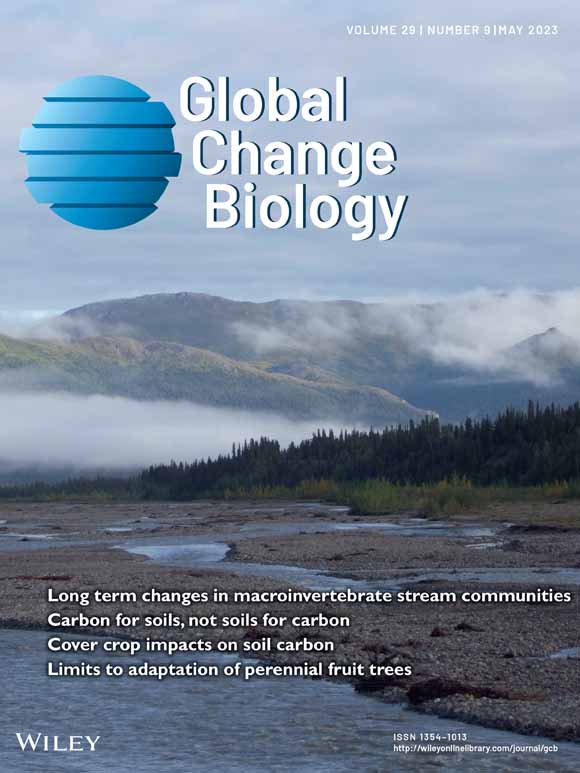
Global introductions and environmental impacts of freshwater megafish
The authors investigated the introductions of freshwater megafish on a global scale and assessed their environmental impacts. Of the 134 extant freshwater megafish species, 46% have been introduced to new environments, and of these, 69% have established self-sustaining alien populations and posed negative impacts on native species through nine different mechanisms.
Unlocking the potential of bacterioplankton-mediated microcystin degradation and removal: A bibliometric analysis of sustainable water treatment strategies
Hydroclimatic non-stationarity drives stream hydrochemistry dynamics through controls on catchment connectivity and water ages
Long-term water chemistry and isotope data were integrated to investigate hydrological function and water ages in the Scottish Girnock Burn catchment with an Atlantic Salmon population. Changing climatic conditions and stream flow responses continue to cause changes in water quality and ecosystem services with an increase in low flows, derived from older groundwater with more alkaline chemistry.
A scenario-guided strategy for the future management of biological invasions
The study used a scenario-based approach to explore management options for invasive species in Europe. During two workshops involving a multidisciplinary team of experts, a management strategy arranged into 19 goals relating to policy, research, public awareness, and biosecurity was developed considering different future scenarios of biological invasions.


